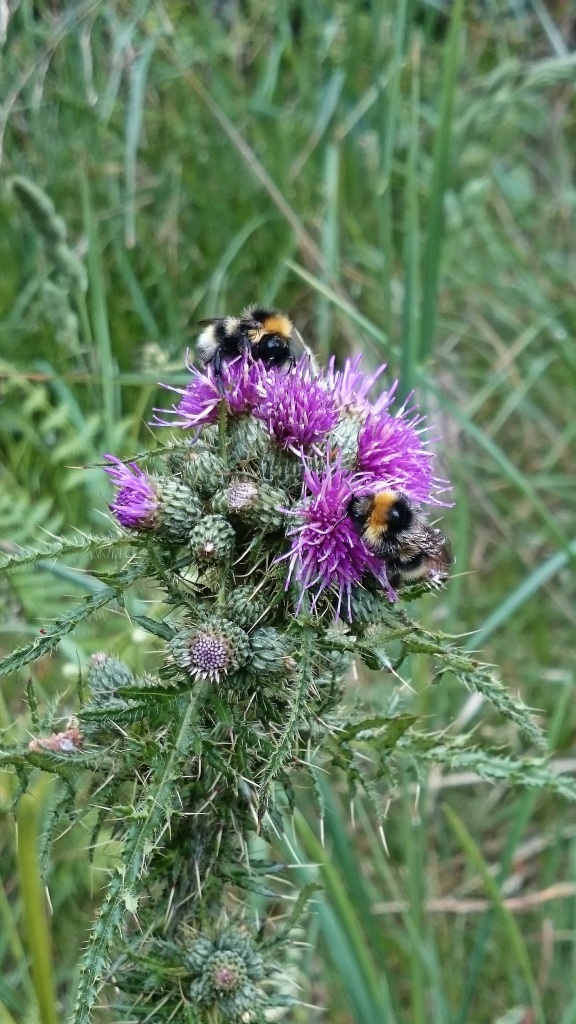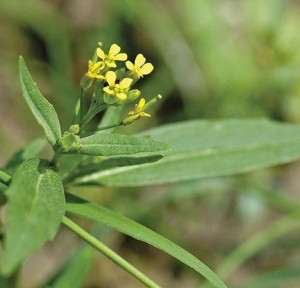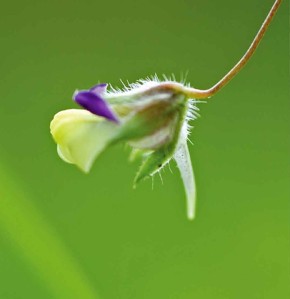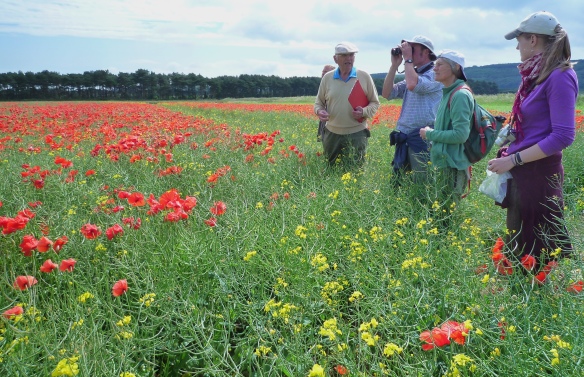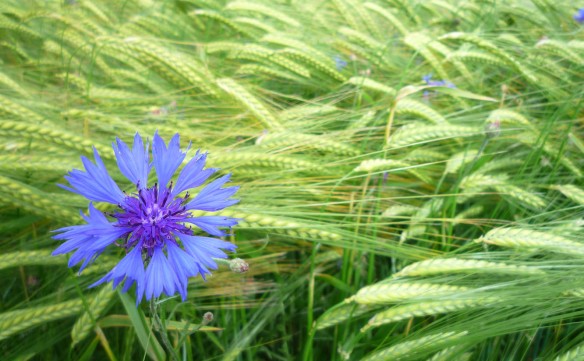Richard Baines – Turtle Dove Project Officer
There are few more rewarding things in life than creating new habitat for wildlife and then watching with delight as birds and other animals move in.
What would make it extra special would be hearing a Turtle Dove sing its beautiful purring song.
A major part of our HLF funded North Yorkshire Turtle Dove Project involves working with land managers to create exactly the right feeding opportunities for Turtle Doves. The National Park and the Project have a brand new grant aimed at providing flower rich plots from which Turtle Doves can feed on a natural seed source.
We are really pleased that this autumn 11 farm businesses have established 17 Turtle Dove flower plots covering a total of five hectares within our project area. This is a great start and it’s very exciting that so many land managers are keen to help; however we need many more if we are going to have a chance of making a difference.
The pioneering 11 includes a wide range of landowners and tenants such as our first community Turtle Dove reserve in Sawdon village sown by the local community and primary school, Ampleforth Plus Social Enterprise, the Danby Moors Farming and Wykeham Farm businesses, and Hanson Quarry near Wykeham.
The sown plots are needed because many of the wild flowers that provide seed such as Common Fumitory and Birds-foot Trefoil are no longer common in the arable landscape which is one of the major reasons Turtle Doves are now at risk of extinction. The plots will also support a range of other scarce arable plants such as the locally rare Shepherd’s Needle. We are working with the local Cornfield Flowers Project – Into the Community to make sure we provide available ground for many naturally occurring but declining local flowers.
These new plots will not only provide habitat for Turtle Doves they will also provide valuable for a whole range of declining farmland birds. Grey Partridge feed their chicks on invertebrates and need open fallow land rich in small insects. Our flower plots are sown at a very light sowing rate to leave a good proportion of the plot shallow which allows access for Partridge and other birds such as Yellowhammers searching for insects in the summer.
If you have arable or temporary grassland on your farm and you would like to help Turtle Doves please get in touch to find out more about the grant and payments on offer. Contact us or call the National Park’s Conservation Department 01439 772700.








